enforex_pages_dest_learn_block_4e4cf178-76d9-4d1c-bf69-052fa67287c6
If you want to certify your Spanish level and register for an official exam feeling confident and well prepared, our DELE or SIELE exam preparation courses are just what you're looking for. But since our Spanish courses in Santo Domingo de Heredia come in all shapes and sizes, you can also focus all your class time on improving your Spanish skills or starting to learn the language from scratch. If you want to learn at your own pace with a teacher completely devoted to you and your learning, take 5, 10, or 20 private classes per week and you'll see your Spanish improve faster than you ever thought possible. Learning Spanish in Santo Domingo de Heredia gives you so many ways to grow that you'll quickly find the learning environment that's right for you.
QUICK FACTS ABOUT OUR SCHOOL h2 QUICK FACTS ABOUT VALENCIA
QUICK FACTS ABOUT VALENCIA
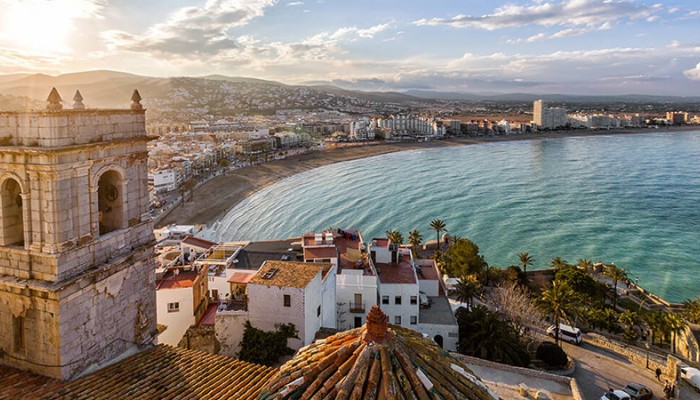
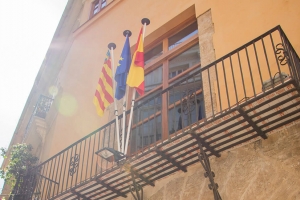
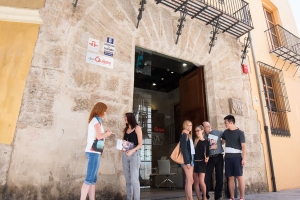
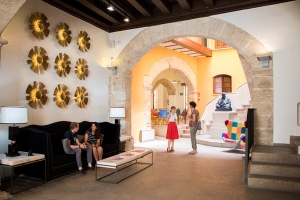
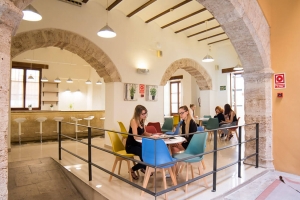
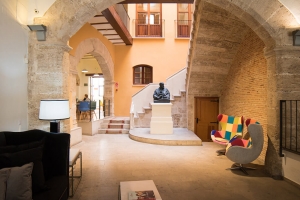
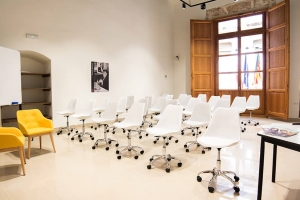
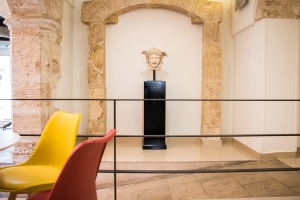
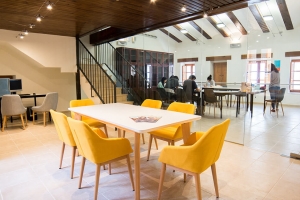
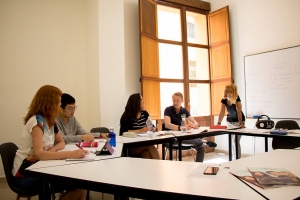
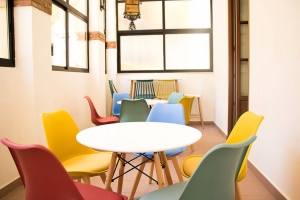
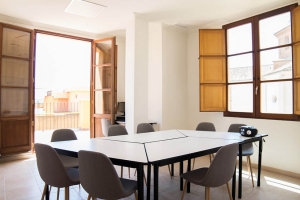
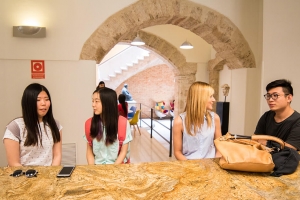
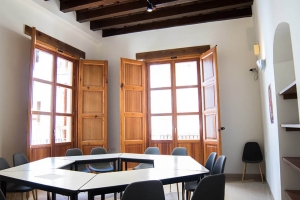
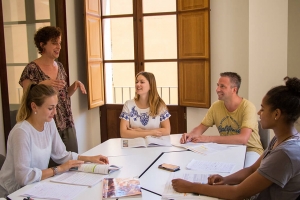
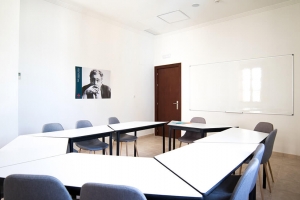
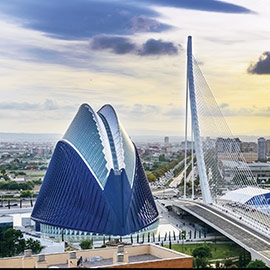
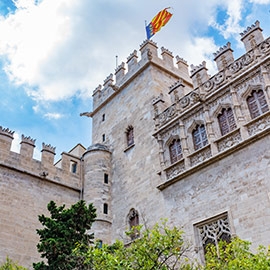
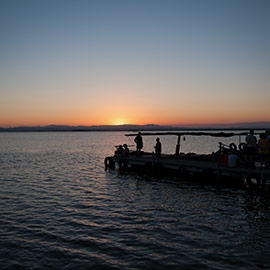
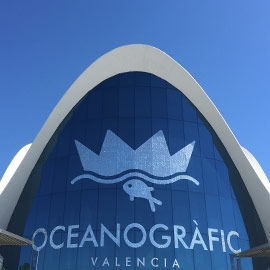
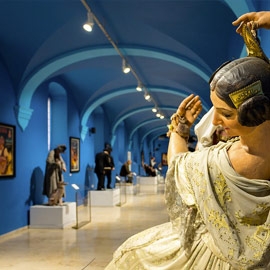




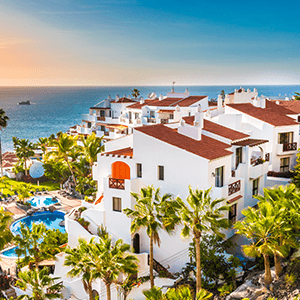 in Spain
in Spain
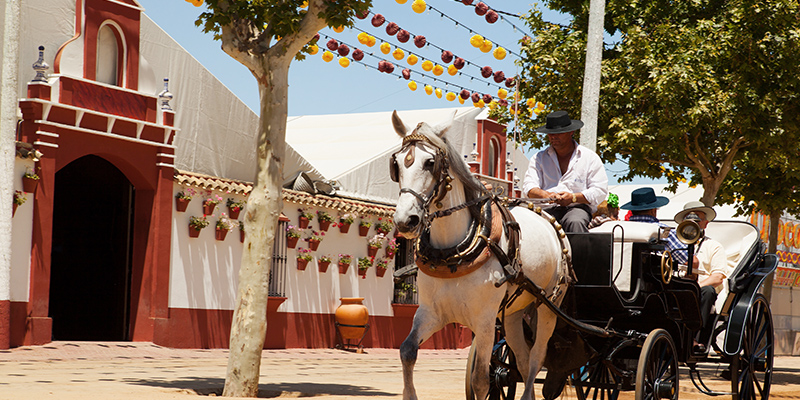 QUICK FACTS ABOUT SEVILLE
QUICK FACTS ABOUT SEVILLE